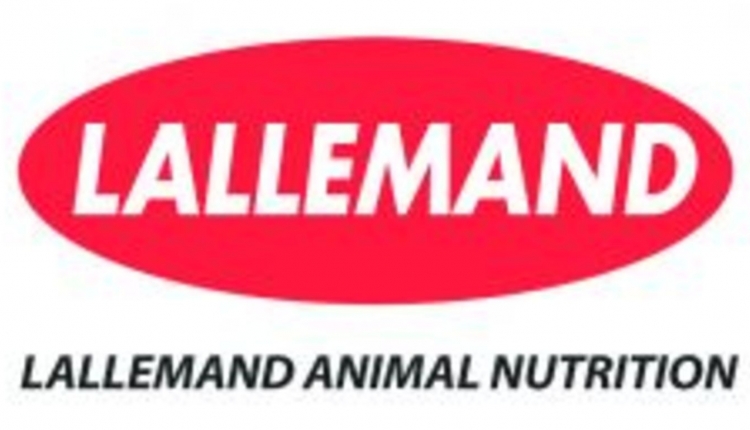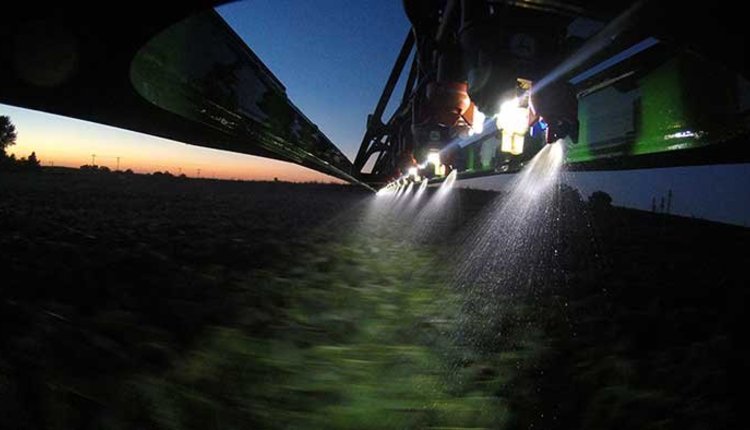
Additional questions from roundtable article:
"Excellent cow care leads to repro success"
November 2014 Issue, page 735.Breeding - Who breeds?
Dutchland Dairy: Crosby Krischel and Dave Duitscher breed 96 percent of the cows. Dan and Dean Duitscher breed when they are gone. Crosby was trained by Genex CRI and worked as an intern in northwest Iowa during college. Dave and Dean are both veterinarians. Dan also has gone through CRI's A.I. training. We breed one time per day when we check the tail chalks.
A.J. and Colten Janssen, our heifer raisers, breed the heifers and Dave preg checks at that facility every two weeks.
Holmesville Dairy: We have Genex do our breeding. We breed our cows once a day, usually mid-morning.
New Dawn Dairy: Two trained dairy farm personnel breed twice a day and herdsmen alternate days off. Breeding is done two times per day.
Schilling Farms: Cows and heifers are bred once daily by Genex and their lead technician, Tim Heiring. Dakota Bockenhauer and others provide relief for Tim and assist with service on ovsynch breeding days and with keeping the cows painted.
Breeding - Do you use sexed semen?
Dutchland Dairy: We do not use sexed semen.
Holmesville Dairy: For our heifers, we will use 90 percent sexed semen on the first two services. After that, we transition to conventional semen. Conception rate for sexed semen is 51 percent and 64 percent for conventional semen in heifers.
New Dawn Dairy: We started using sexed semen on the top heifers for two services this year and then breed conventional. Sexed and conventional pregnancy rates are about the same.
Schilling Farms: We use 90 percent sexed semen on virgin heifers for the first two services. For services third and greater, we switch to conventional semen. Conception rate of sexed semen in the heifers is 52 percent and conventional semen is 60 percent.
We have continued to use sexed semen as we feel that our first-calf heifers calve in with fewer difficulties due to the smaller calf size of the female calves. We also have marketed excess heifers as an additional source of income for the dairy.
Record Keeping - How do you track data?
Dutchland Dairy: We use PC Dart for our record keeping software package. It is easy to make herd work reports on it, and we love the Pocket Dairy program which allows us to have all our cow data on our phones. We use the phone data daily when checking for heats. We are in the process of putting RFIDs (radio frequency identification) in all the cows which should make herd work go smoother. We all input and use specific reports for presynch and time bred days. I can't imagine keeping track of our cows without this software.
Holmesville Dairy: Our Genex technician enters all the record keeping for the A.I. work into our Dairy Comp software. All herd health results are entered by the herdsman. Dairy Comp will provide lists for ovsynch along with breeding records for the breeder to assist him while walking the cows.
New Dawn Dairy: We use Dairy Comp and our herdsmen record all data. Everything is recorded from fresh cow diseases, mastitis, treatments, breedings and preg checks.
Schilling Farms: All reproductive data is recorded in our Dairy Comp herd management software. Heats and breedings are entered by the breeders. Brian records herd health data and ovsynch data. Dairy Comp generates herd check lists.
The entire roundtable article, "Excellent cow care leads to repro success," appears here.








